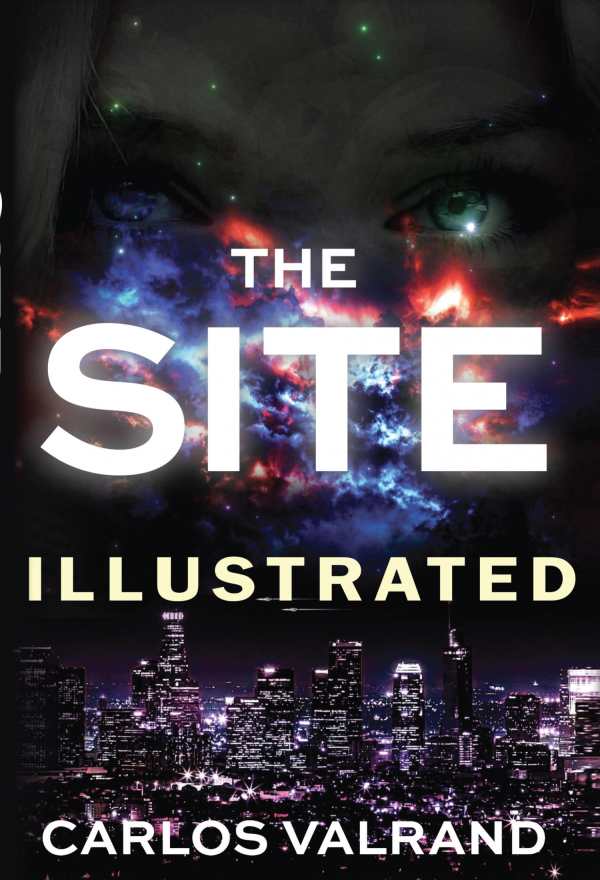
The Site
Illustrated
Boundaries are blurred between realities, dreams, and memory in the portentous science fiction novel The Site.
In Carlos Valrand’s tense science fiction novel The Site, a woman’s perceptions of reality are challenged in the midst of an intergalactic conflict.
Cicely leads a double life. She’s a mild British schoolteacher by day, but in her sleep, she dreams she’s American and either Charles or Vivian. Boundaries blur, and the dreams wreak increasing havoc on Cicely’s waking life: In her sleep, Charles and Vivian pursue a dangerous, violent quest to attain a mysterious, coded government document. Thus, Cicely is driven to understand her dreams in order to be rid of them.
The parallel narrative structure, alternating between Cicely’s real life and her dream life, results in complexity and suspense. There are also satisfying parallels between Cicely’s dreams and the mystery document. When objects from Cicely’s dreams begin to show up in her real life, the sense of urgency increases. The parallel worlds seem to be closing in on each other, destined to converge or crash.
Most of the physical action, which occurs in diverse locations, follows the logic of physics or is explained by references to intergalactic phenomena, but some scenes strain credulity. In one, Vivian throws a thumb drive at a man with a gun, and that tiny item knocks him over. The thumb drive, meant to contain top-secret information, also turns out to be blank, with neither literal nor figurative weight. And when Charles, who glimpses the target document at one point, retrieves a partial memory of the event, he recalls that only the document’s table of contents was legible, everything else being in code—a metaphor for the separation of worlds.
The prose is straightforward, introducing new people and ideas with sufficient detail, but it is also overburdened by adverbs. People’s conversations are swift and contribute to the forward motion of the parallel narratives, though some conversations between Cicely and her psychiatrist are belabored. In their meetings, a tiresome dynamic of condescending psychiatrist versus submissive patient is played out. Their conversations are also the vehicle for introducing two powerful men into the story.
Several of the illustrations work against the narrative’s complexity, too. Some feature young white women with large breasts, small waists, and rounded hips and thighs, mirroring the book’s repeated physical descriptions of women, even androids, as “well-formed.” These monotonous portrayals are at odds with the women’s distinctive characterizations: Vivian is courageous and decisive, while Cicely is anxious and demure. An android, July, who serves as Charles’s attendant in an underground facility run by extraterrestrials, is pleasant and compliant but unreadable. Still, she and the other alien life forms hint at the true scope of the dangers that Cicely, Charles, and Vivian face as they reveal “a conspiracy of silence” among Earth’s most powerful people.
In the intriguing science fiction novel The Site, distinctive people unravel state secrets and confront real dangers in surreal settings.
Reviewed by
Michele Sharpe
Disclosure: This article is not an endorsement, but a review. The publisher of this book provided free copies of the book and paid a small fee to have their book reviewed by a professional reviewer. Foreword Reviews and Clarion Reviews make no guarantee that the publisher will receive a positive review. Foreword Magazine, Inc. is disclosing this in accordance with the Federal Trade Commission’s 16 CFR, Part 255.
